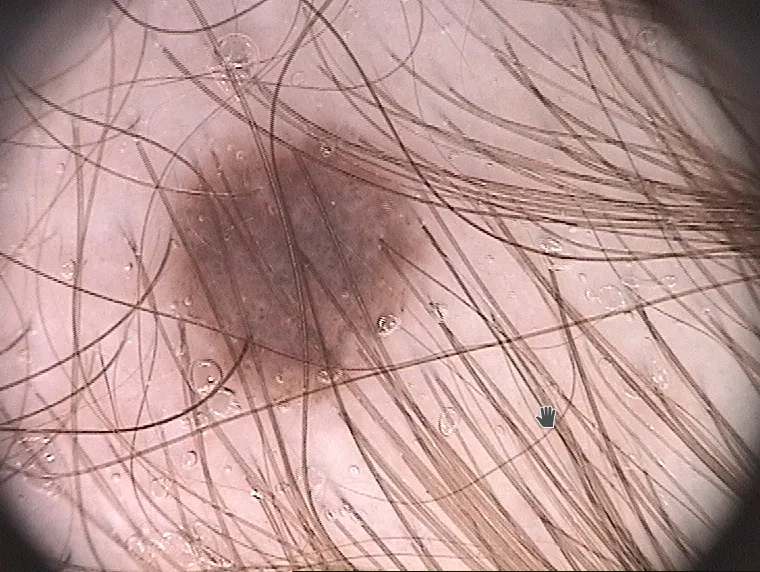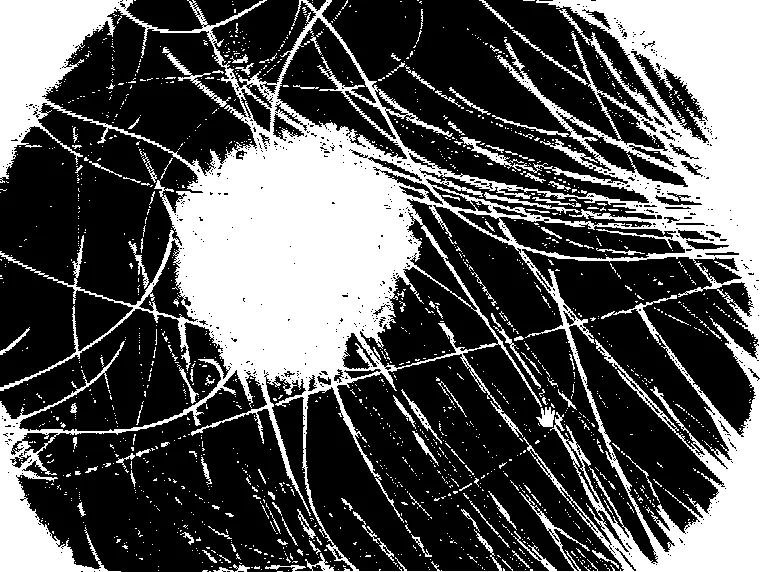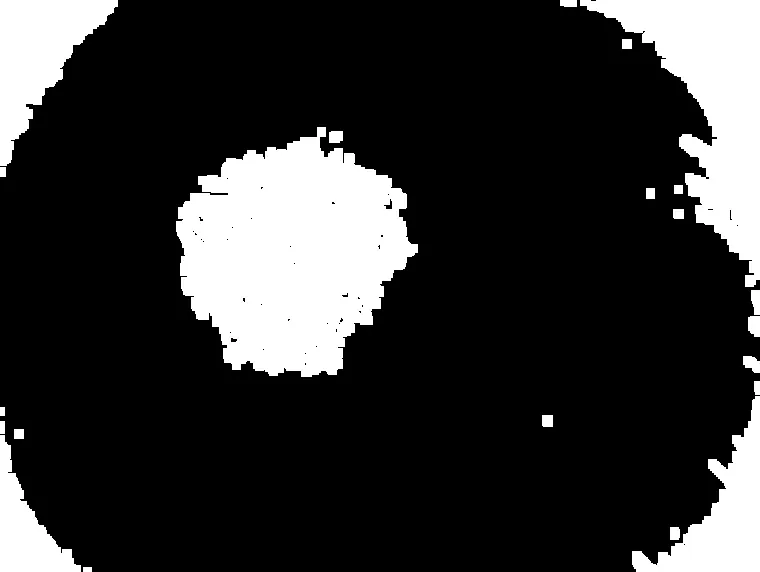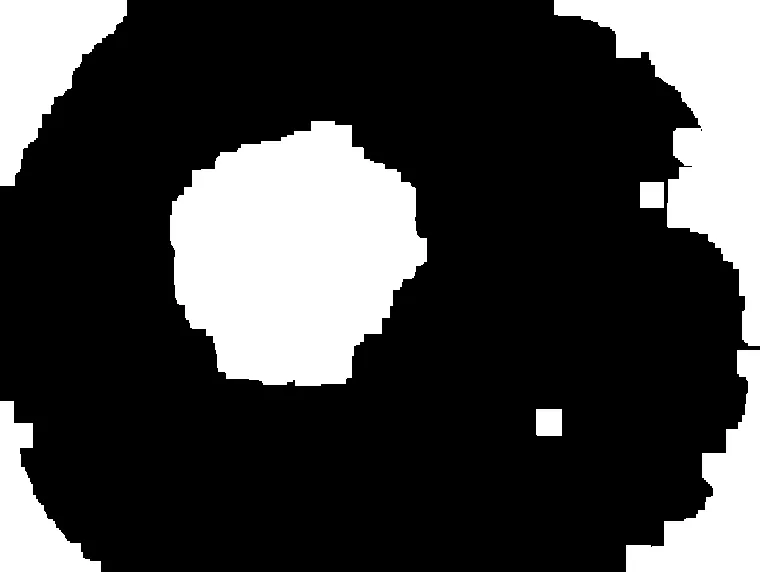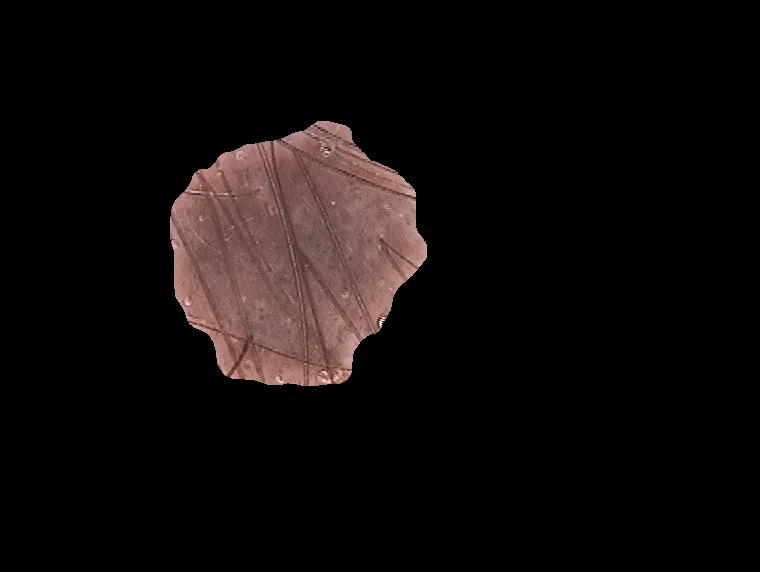我正在处理皮肤图像,用于识别皮肤瑕疵,由于存在噪声,主要是毛发的存在,这项工作变得更加复杂。
我有一个图像示例,我试图突出显示只有皮肤斑点,但由于毛发数量太多,算法无效。因此,我希望您能帮助我开发一种算法来消除或减少毛发数量,以便我只能突出显示我的感兴趣区域(ROI),即斑点。
用于突出显示皮肤瑕疵的算法:
我有一个图像示例,我试图突出显示只有皮肤斑点,但由于毛发数量太多,算法无效。因此,我希望您能帮助我开发一种算法来消除或减少毛发数量,以便我只能突出显示我的感兴趣区域(ROI),即斑点。
用于突出显示皮肤瑕疵的算法:
import numpy as np
import cv2
#Read the image and perform threshold
img = cv2.imread('IMD006.bmp')
gray = cv2.cvtColor(img, cv2.COLOR_BGR2GRAY)
blur = cv2.medianBlur(gray,5)
_,thresh = cv2.threshold(blur,0,255,cv2.THRESH_BINARY_INV+cv2.THRESH_OTSU)
#Search for contours and select the biggest one
contours, hierarchy = cv2.findContours(thresh,cv2.RETR_TREE,cv2.CHAIN_APPROX_NONE)
cnt = max(contours, key=cv2.contourArea)
#Create a new mask for the result image
h, w = img.shape[:2]
mask = np.zeros((h, w), np.uint8)
#Draw the contour on the new mask and perform the bitwise operation
cv2.drawContours(mask, [cnt],-1, 255, -1)
res = cv2.bitwise_and(img, img, mask=mask)
#Display the result
cv2.imwrite('IMD006.png', res)
#cv2.imshow('img', res)
cv2.waitKey(0)
cv2.destroyAllWindows()
如何处理这些噪声,以达到改善我的感兴趣区域的效果?
